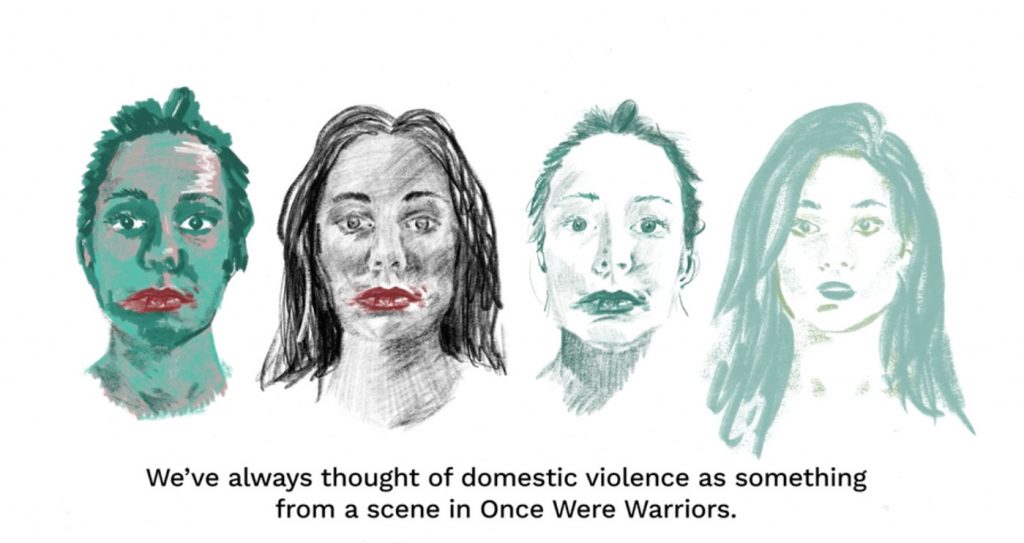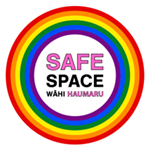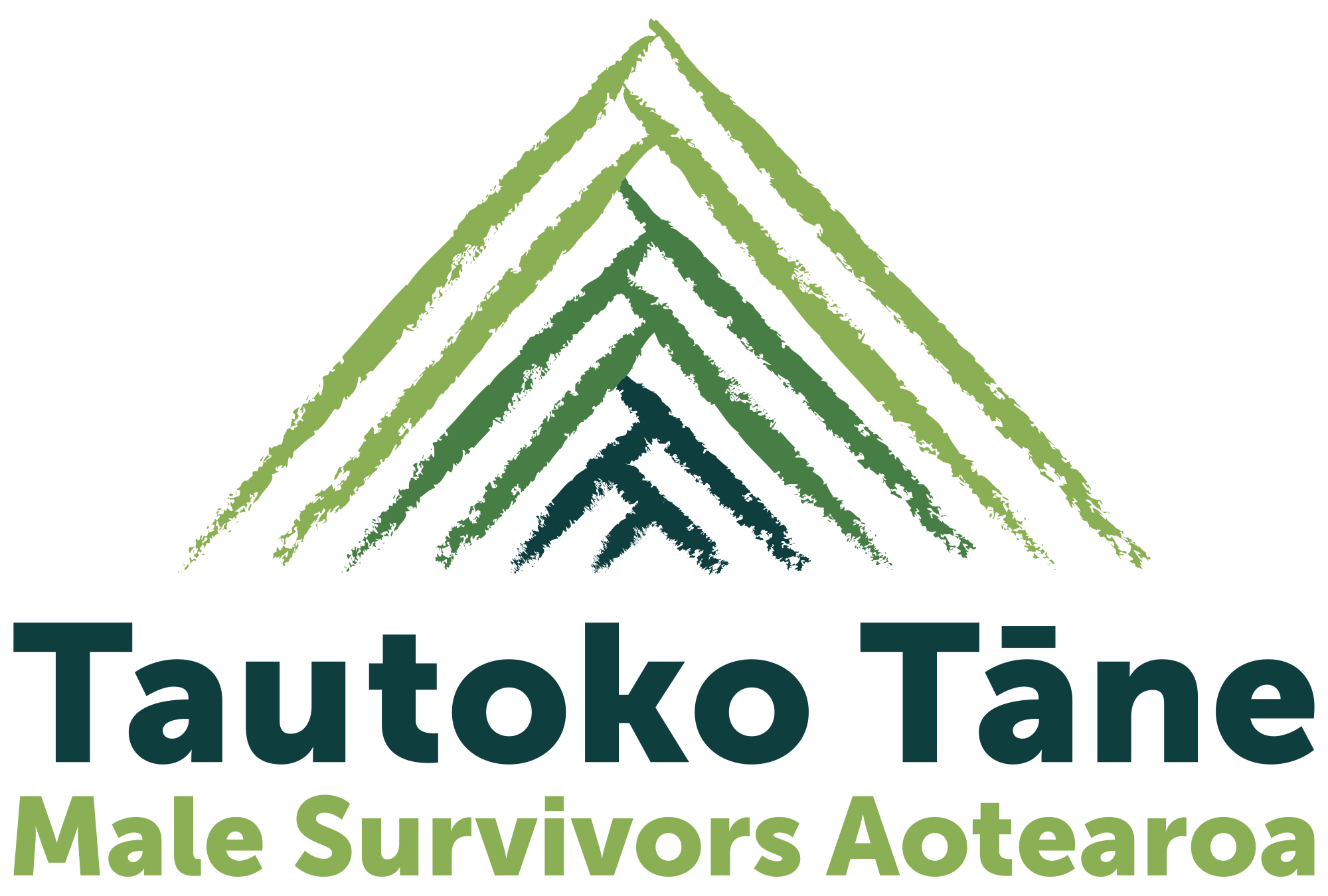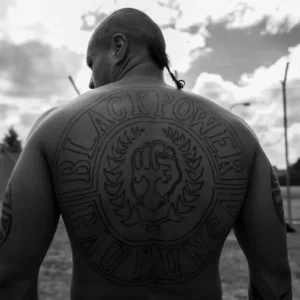Here we go again…Stuff journalist Johnston with the all too familiar and seemingly uninformed view… “I wish it had used the same pointedness in addressing the largest perpetrator group: Pākehā men. Instead, as always, they’re the elephant in the room, escaping all but the lightest scrutiny.”

Kathryn George Stuff
A new strategy aims to eliminate family and sexual violence without even using the word “perpetrator”. Will a plan focusing on healing and prevention be enough to turn our appalling statistics around?
OPINION: If ever there was a poisoned chalice in politics, it was the job awarded to Green Party co-leader Marama Davidson following the 2020 general election.
As the minister of family and sexual violence, Davidson was supposed to co-ordinate the heads of 10 government departments assigned to an inter-agency group called the “joint venture”; to get the sector and tangata whenua on board; and create a national strategy to combat one of New Zealand’s most entrenched social issues, immediately.
At that point, work on the national plan had just gone down in flames. A draft, worked on by a group of expert Māori practitioners, had been rejected by the ministers involved as “too Māori” and not detailed enough, and it was tossed out. Māori were, understandably, furious. People from the wider sector who had given hours of time in consultation were despondent.
MP Jan Logie, Davidson’s colleague who had previously been in charge of the work, was gracious enough not to add fuel to the fire by blaming the lack of power afforded to her as an undersecretary, and not the bureaucrats who the auditor-general would later criticise for refusing to work together with each other or with Māori.
In short: Things were not in good shape. Ang Jury, the head of Women’s Refuge, warned at that time of the risk of the strategy going the way of so many initiatives that had gone before – that is, nowhere. And, of course, there was a pandemic.
It is something of a miracle, therefore, that a year later, Davidson has produced Te Aorerekura, the Action Plan for the National Strategy to Eliminate Family Violence and Sexual Violence. For the first time, New Zealand has a shared definition of violence that is intersectional and inclusive, and a road map of where we need to go.
Most markedly, it seems almost incredible to have a strategy so strongly informed by indigenous knowledge – the same thing rejected by previous ministers. Te Aorerekura is centred on the Māori way of justice: the restoration of mana and whakapapa, healing, and the reintegration (rather than demonisation) of people who have used violence. It also seeks to prevent violence in the first place, with a new focus on education and early intervention.
That is not to say the strategy is perfect. In fact, it has many flaws. The biggest is inherently related to its huge remit. Taking on both family violence and sexual violence in one strategy was always going to be deeply problematic. Sexual violence agencies have already said they feel their work has been subsumed in this plan – that where the dynamics of sexual violence differ from family violence, there is no nuance or space for them.
Many of the 40 action points are also vague, or reheated versions of work already under way, or feel disjointed from the strategy’s vision. While some new initiatives show real promise – better education for children; long-term commissioning; more training in diversity for general services – others are incomprehensibly bureaucratic and maybe even ill-advised.
For example, the plan says Oranga Tamariki will be in charge of building specialist workforces for children. That agency is still in disarray. Does it really have the trust needed for such work?
Equally, there is no specific mention of the Family Court, which has been repeatedly highlighted as lacking expertise in domestic violence. There’s also no mention of alternative justice pathways, or a review of consent law, or treatment courts at all. In fact, there’s nothing really tangible at all in the plan at this stage. If you were a victim or a perpetrator reading Te Aorerekura, you might struggle to see anything that would immediately change for you.
But the strategy does a good job in framing what violence is (the misuse of power) while managing to neatly sidestep what it is not (uncontrollable male urges, for example).
It fairly highlights that while anyone can use violence, the group more likely to cause harm is men. This is because of gender inequities in our society, “such as the social acceptance of men’s dominance, entitlement, and physical and sexual aggression”.
It also deftly outlines the complex intersectionalities around who is more likely to suffer violence, highlighting the “socially accepted hierarchies” of ableism, sexism, racism or homophobia, as contributing factors, while holding space for the group that suffers most: wāhine Māori. The strategy is best when it describes how the “combination of colonisation, racism and sexism in Aotearoa New Zealand has increased impacts associated with intergenerational trauma” for these women, half whom will experience partner violence in their lifetime.
I wish it had used the same pointedness in addressing the largest perpetrator group: Pākehā men. Instead, as always, they’re the elephant in the room, escaping all but the lightest scrutiny. The word “perpetrator” isn’t even in the document. Even the listed statistics, things like “7 per cent of all children had a family violence notification to government”, are focused on survivors. Male, Pākehā perpetrators are also noticeably absent from the conversation around the strategy formation and launch.
Davidson, of course, can’t be expected to end the worst excesses of patriarchy with just a year to plan. Her job was to get everyone around the table and achieve what she could. She says the language around “people who use violence” was deliberately inclusive. She didn’t want to stigmatise any one group, and she wanted to focus on accountability, including the accountability of systems that have caused harm.
This is wise, on two levels. First, research into male violence has found that in order to bring men on board to create the necessary change to patriarchy and gender norms, language needs to be inviting so that men don’t conflate anti-violence with anti-male. We must repeat the message that most men aren’t violent, and to offer hope for change.
Second, some male perpetrators have been harmed by violence, too. They may have been wards of the state, or child abuse victims, or suffered bullying and violence at school. Māori men have also suffered the stigma of violence thanks to racist stereotypes and racist justice systems. They need space to heal as well as rehabilitate and compensate – to be accountable in a holistic way.
That is the tikanga Māori approach at the centre of this strategy, and Davidson says what’s good for Māori will be good for everyone.
Now Te Aorerekura is here, we have to hope she’s right.
By Kirsty Johnston
07/12/2021




